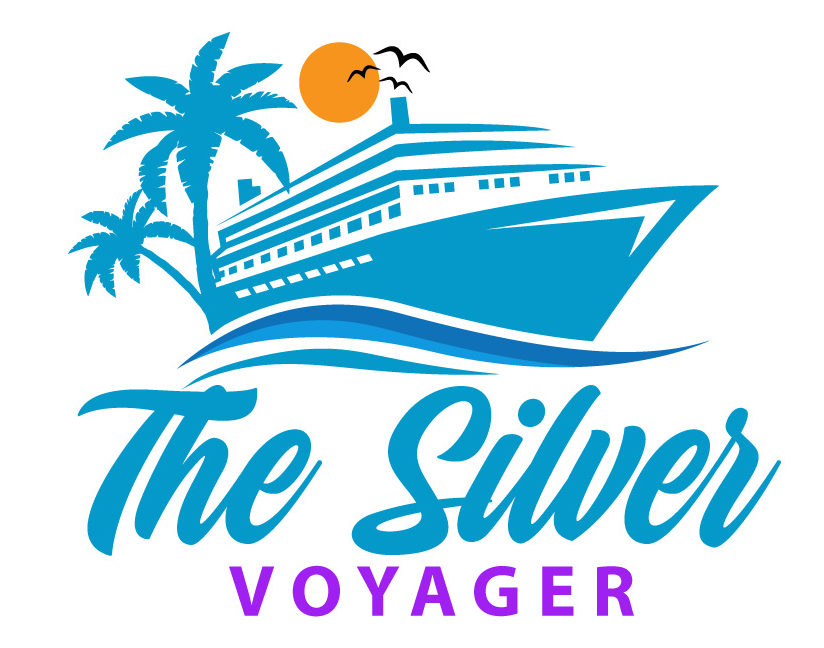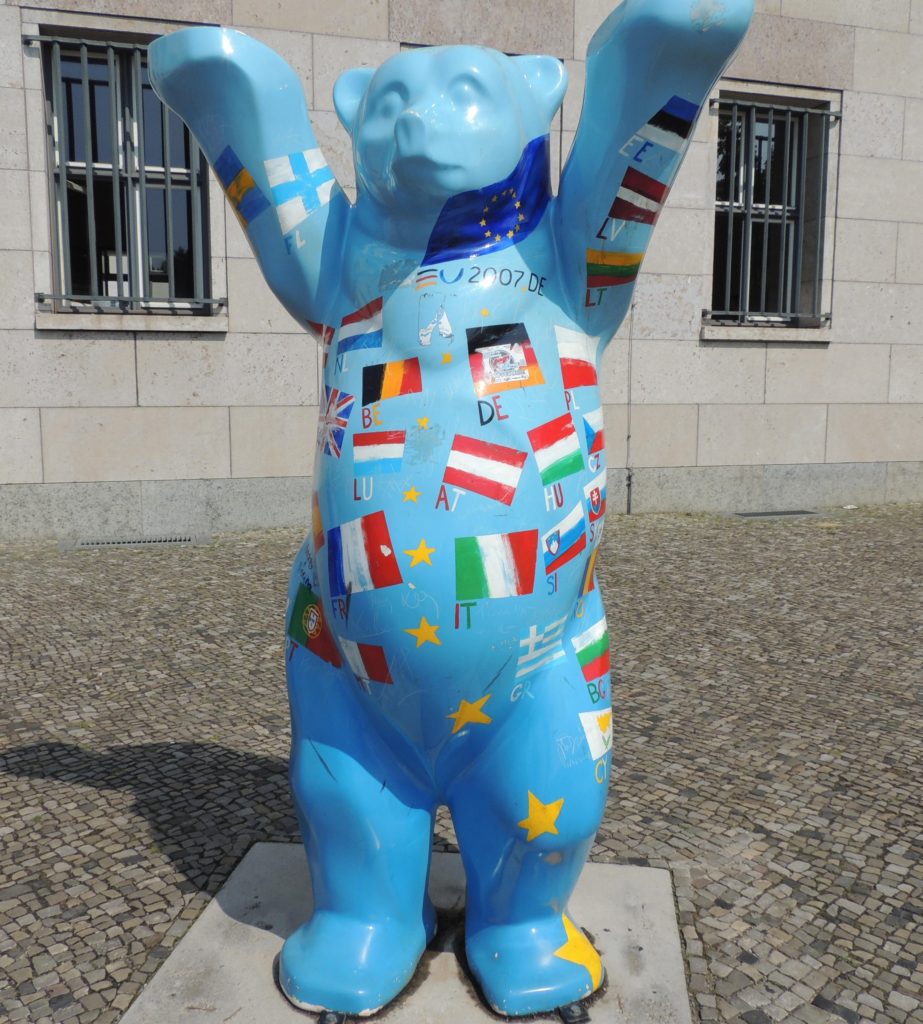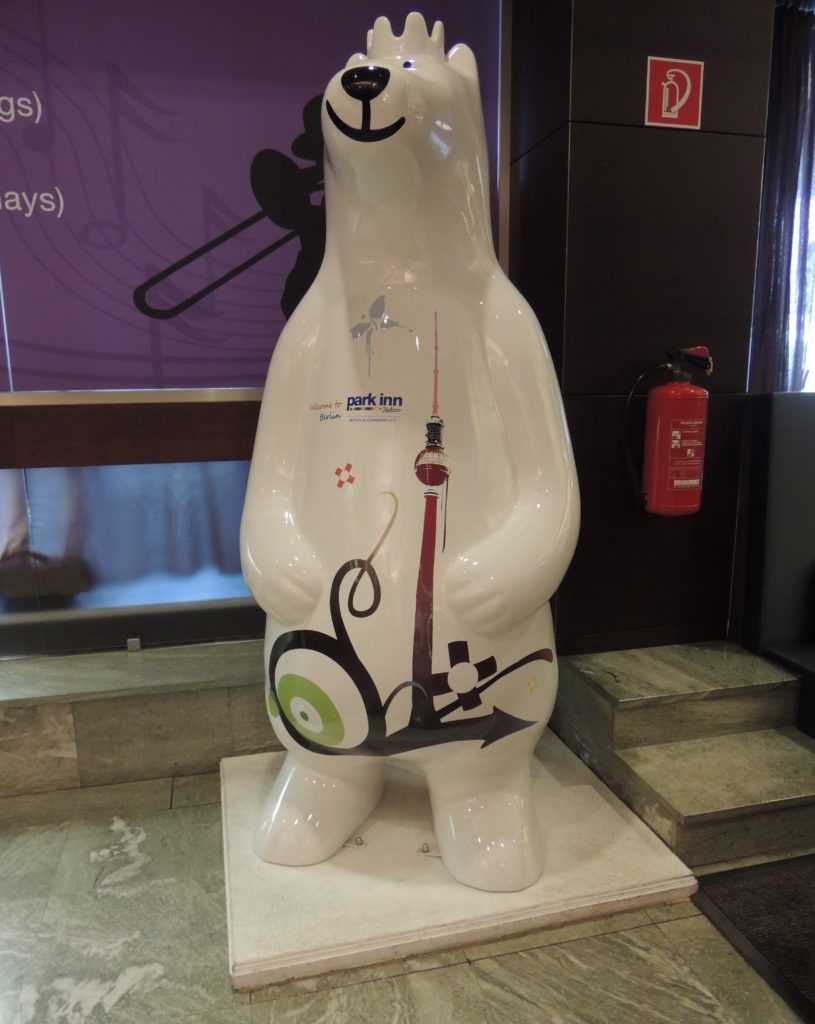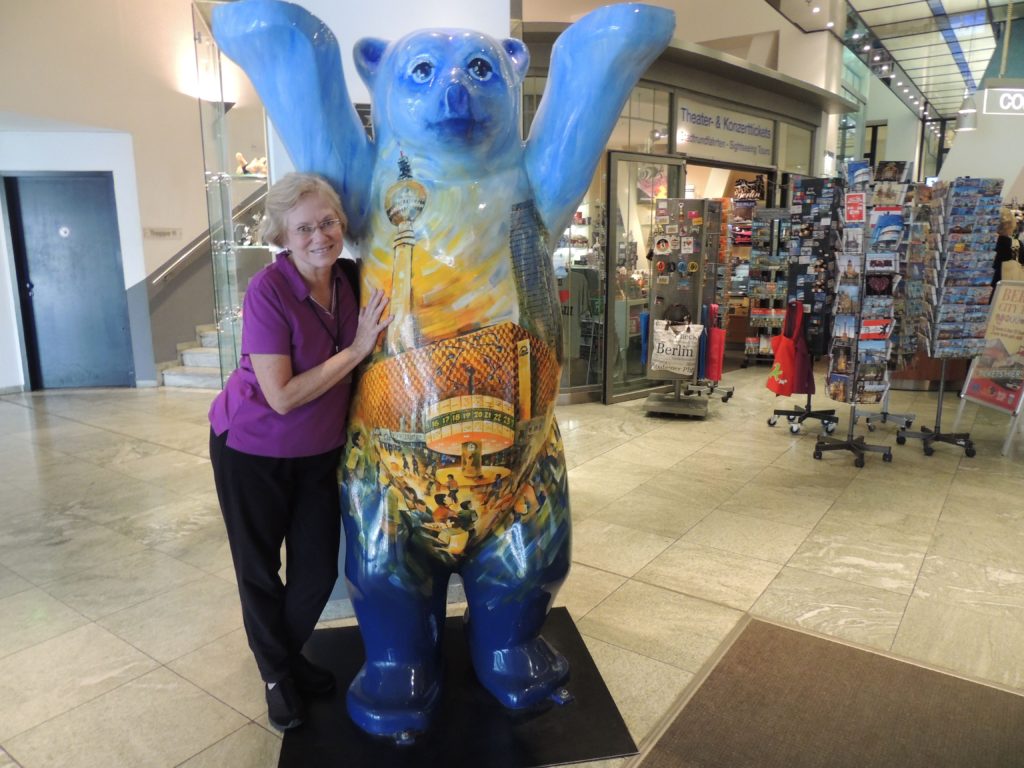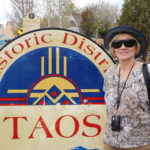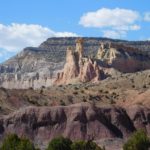There is so much history in Berlin, both positive and negative. Although we were only there for 2 days, prior to a river cruise, we managed to see a great deal.
Berlin, Germany’s capital, dates to the 13th century. Reminders of the city’s turbulent 20th-century history include its Holocaust memorial and the Berlin Wall’s graffitied remains. Divided during the Cold War, its 18th-century Brandenburg Gate has become a symbol of reunification. The city’s also known for its art scene and modern landmarks.
Ninety-five percent of Berlin was destroyed in WW II. Buildings were reconstructed with part old and part new parts.

When I visited there were 130 construction /repair projects ongoing in Berlin. The city was booming.
Brandenburg Gate
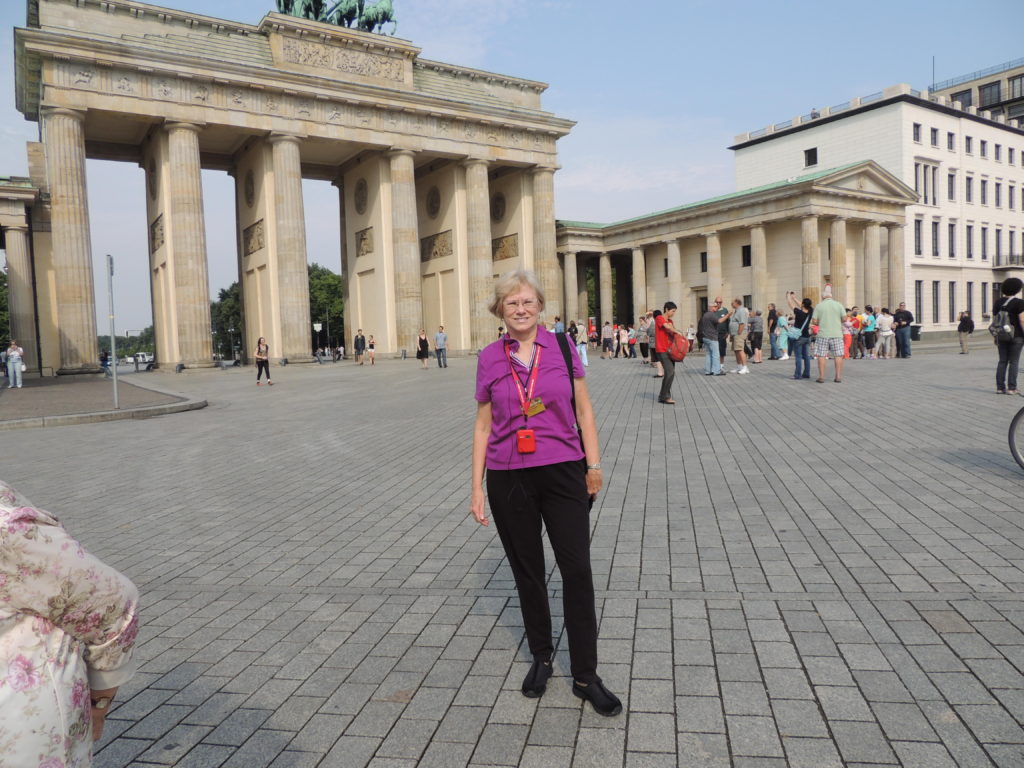
This is Berlin’s most famous landmark. It was a symbol of Berlin and German division during the Cold War. With the fall of the Berlin Wall in 1989, it became a symbol of reunification. On December 22nd, 1989, the gate opened to the cheers of more than 100,000 people.
Berlin Wall
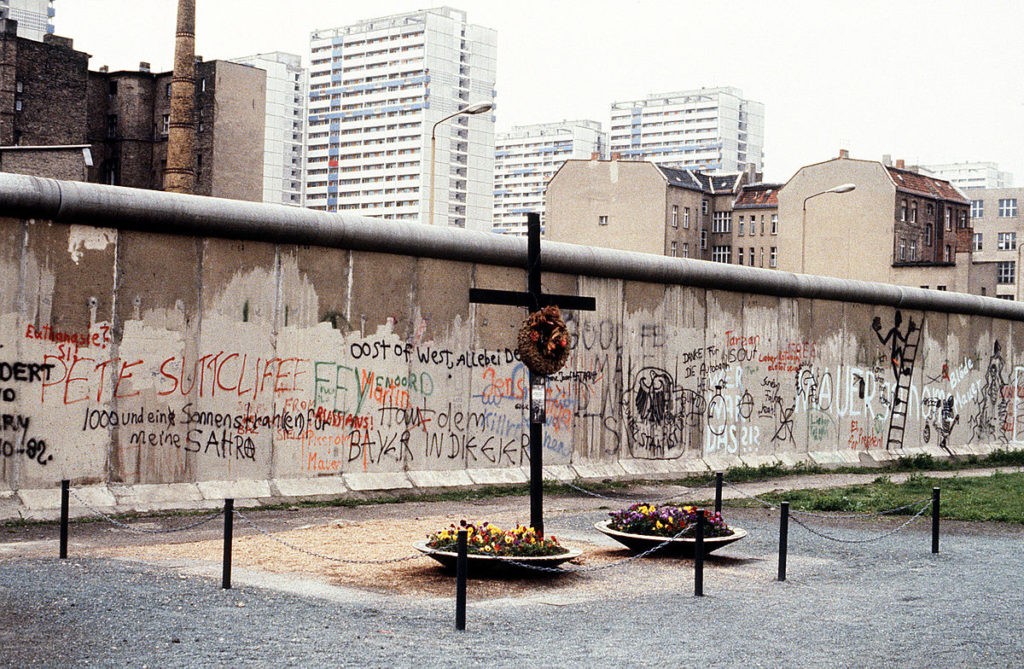
The Berlin Wall was a guarded concrete barrier that physically and ideologically divided Berlin from 1961 to 1989. Construction of the wall began by the German Democratic Republic on August 13, 1961. The Wall cut off West Berlin from surrounding East Germany, including East Berlin.
The official purpose of this Berlin Wall was to keep so-called Western “fascists” from entering East Germany and undermining the socialist state, but it primarily served the objective of stemming mass defections from East to West. More than 100 people died trying to cross the Berlin Wall.
Checkpoint Charlie
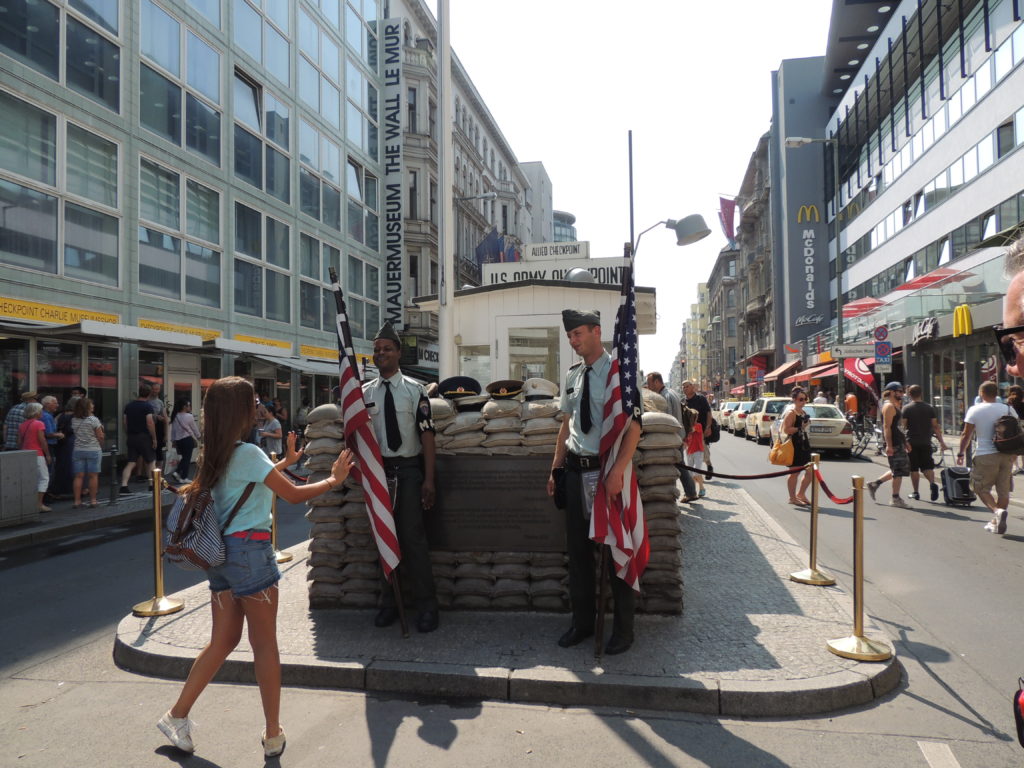
This was the best-known Berlin Wall crossing point between East Berlin and West Berlin during the Cold War, as named by the Western Allies. Checkpoint Charlie became a symbol of the Cold War, representing the separation of East and West.
Holocaust Memorial
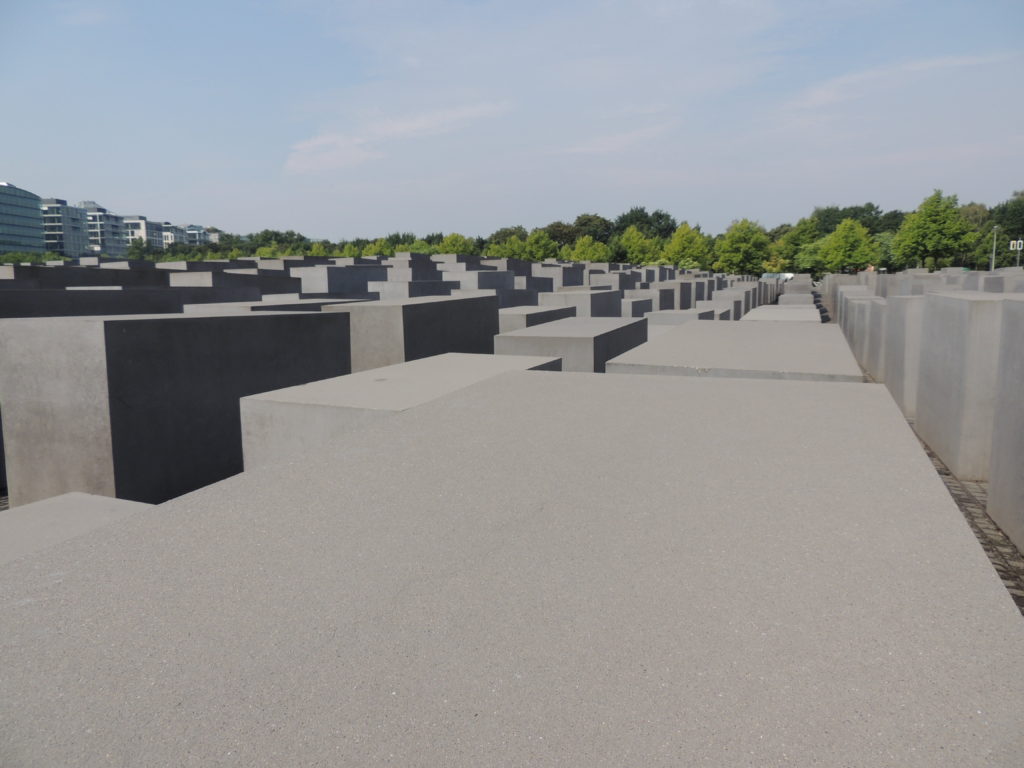
The Holocaust Memorial is a memorial in Berlin to the Jewish victims of the Holocaust. It consists of a 4.7-acre site covered with 2,711 concrete slabs arranged in a grid pattern on a sloping field.
The slabs produce an uneasy, confusing atmosphere while the whole sculpture aims to represent a supposedly ordered system that has lost touch with human reason.
Alexanderplatz
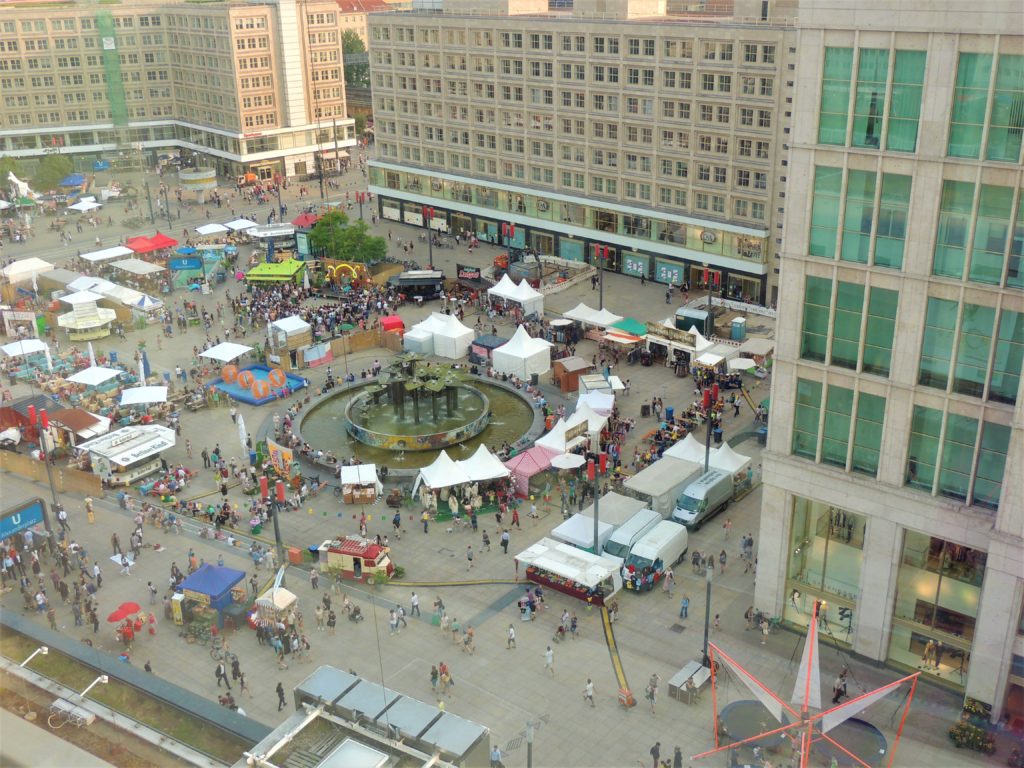
This is Germany’s largest square. Alexanderplatz has always been one of the liveliest places in Berlin, with shops, cinemas, restaurants, and many attractions within walking distance.
Alexanderplatz in Berlin Mitte is one of the best-known public squares in Berlin – and it’s certainly the biggest. Named after Tsar Alexander I, who visited the Prussian capital in 1805, most people simply call it Alex.
It is Berlin’s eastern center and is an important transport junction – for the S-Bahn, U-Bahn, regional trains, trams and buses. It also has a great many tourist attractions within walking distance, making it the ideal starting point for a sightseeing tour of Berlin.
Up to the 1850s, Alexanderplatz was a military parade and exercise ground, as well as a place where local farmers sold their produce. It became a major transport junction when the railway station opened in 1882.
Alexanderplatz is also popular as a film location. You may recognize many scenes from the series Babylon Berlin that are set at Alexanderplatz Berlin Germany. In The Bourne Supremacy, Bourne meets an agent under the world clock at Alexanderplatz.
World Clock
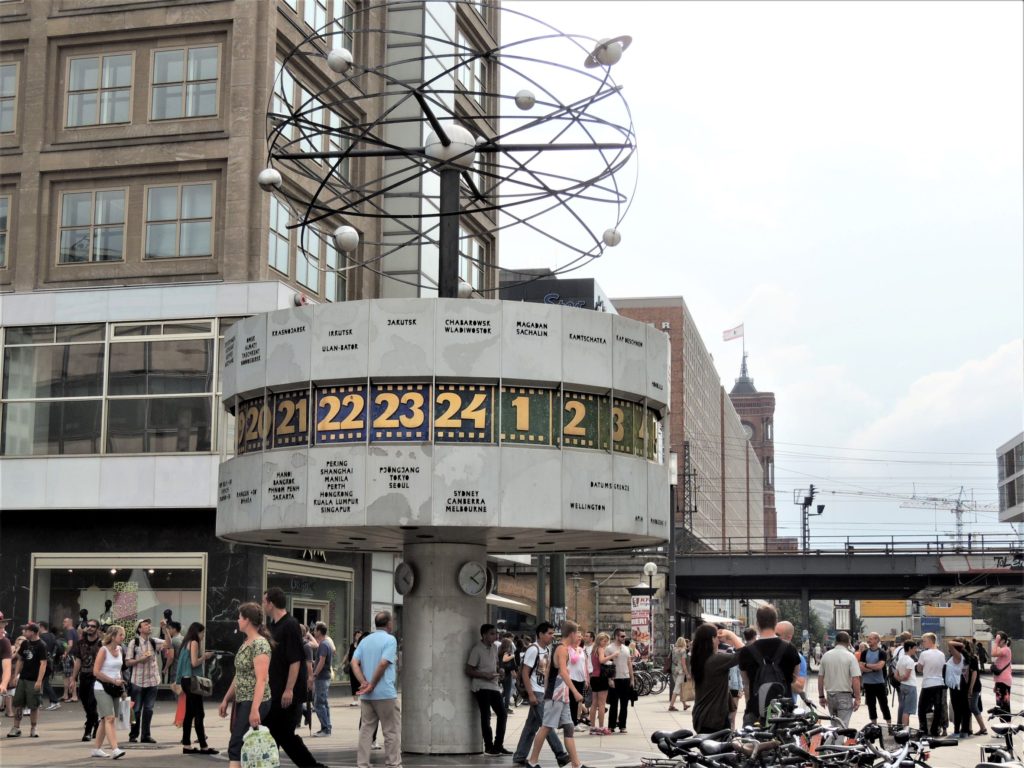
The World Clock is a large turret-style clock located in the public square of Alexanderplatz. By reading the markings on its metal rotunda, you can determine the current time in 148 major cities from around the world. Since its erection in 1969, it has become a tourist attraction and meeting place. In July 2015, the German government declared the clock as a historically and culturally significant monument.
Fernsehturm Berlin
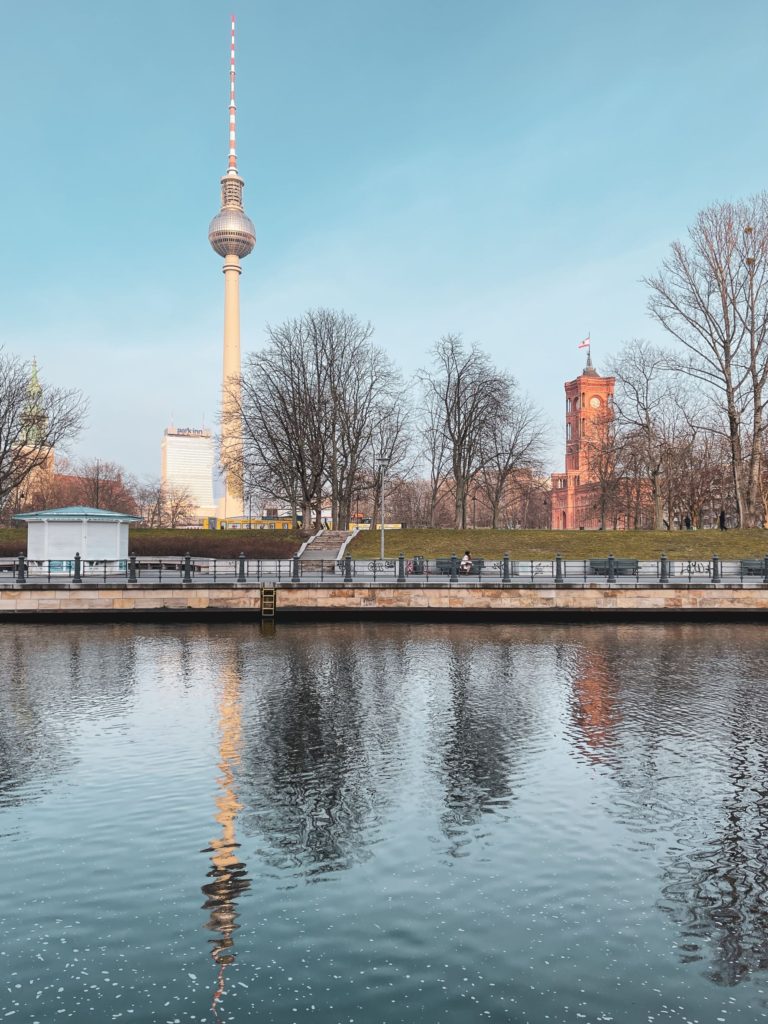
Located in the Marien quarter, close to Alexanderplatz, the tower was constructed between 1965 and 1969 by the government of the German Democratic Republic (East Germany). It was both a symbol of Communist power and of the city. It remains a landmark today, visible throughout the central and some suburban districts of Berlin. With its height of 1207 feet (including antenna), it is the tallest structure in Germany and the third-tallest structure in the European Union.
In addition to its main function as the location of several radio and television broadcasting stations, the building serves as a viewing tower with an observation deck including a bar at a height of 666 feet, as well as a rotating restaurant
After German reunification, it changed from a politically charged, national symbol of the GDR into a citywide symbol of a reunited Berlin. Due to its universal and timeless design, it is increasingly used as a trademark. It is identified worldwide with Berlin and Germany. It receives more than 1,000,000 visitors every year.
Reichstag Building
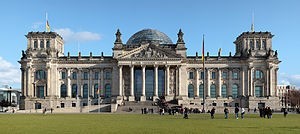
This historic edifice housed the Imperial Diet of the German Empire.
The building fell into disuse. The ruined building was made safe against the elements and partially refurbished in the 1960s, but no attempt at full restoration was made until after German reunification on October 3, 1990, when it underwent reconstruction. After its completion in 1999, it once again became the meeting place of the German parliament: the modern Bundestag.
Berlin Bears
Buddy Bears are painted, life-size fiberglass bear sculptures They have become a landmark of Berlin and are considered unofficial ambassadors of Germany.
Finally
If you love history, you will love Berlin. It took me a while to visit but I am glad I finally got there. I will never forget seeing The Wall and Checkpoint Charlie. I heard so much about them in the past. It was amazing to see them in person.
